Tuesday, June 14, 2022
Fiddle Albums | The Essential 10
Simon Broughton selects some of his favourite exotic fiddle albums from across the globe
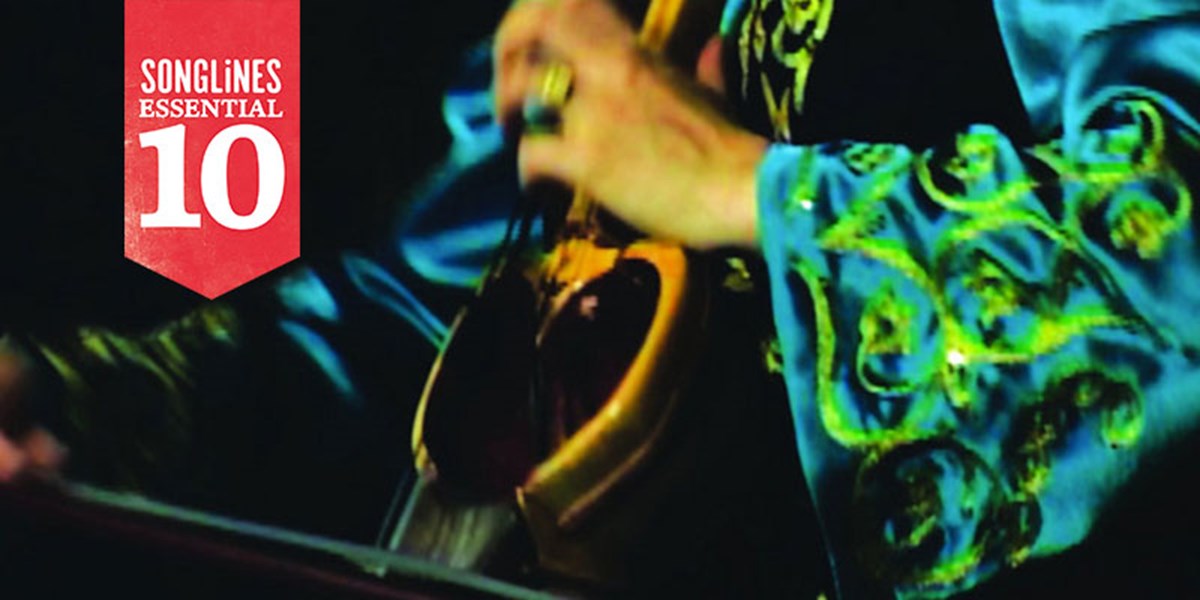

Jouhiorkesteri
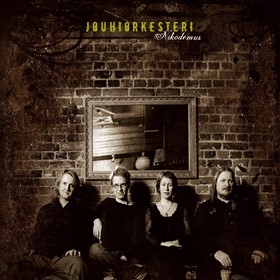
Nikodemus (Ääniä, 2008)
The jouhikko is a Finnish bowed lyre, which after nearly becoming extinct has seen a dramatic revival in recent years. This album from Jouhiorkesteri (Horse Hair Orchestra) features jouhikko players Pekko Käppi and Ilkka Heinonen who now have serious solo careers.

Kayhan Kalhor & Ali Akbar Moradi
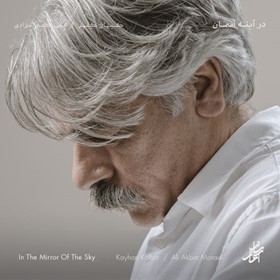
In the Mirror of the Sky (World Village, 2004)
Kurdish-Iranian musician Kayhan Kalhor is the master of the kamancheh, the classical Persian spike fiddle. He’s an accomplished improvisor, sustaining extraordinary musical narratives via his playing. He’s joined here by Ali Akbar Moradi, Kurdistan’s best-known singer and player of the plucked tanbur.

Sakar Khan
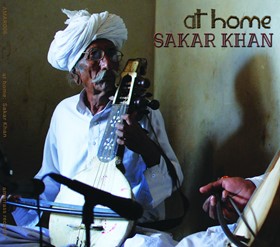
At Home (Amarrass Records, 2013)
India’s Amarrass label have made some brilliant recordings of Rajasthani folk musicians, including the late Sakar Khan. This fine document of his bowed kamancha opens with a wonderful evocation of a steam train speeding across the desert.

Ram Narayan
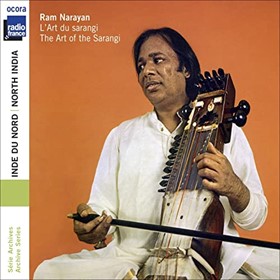
The Art of the Sarangi (Ocora Radio France, reissued 2017)
Ram Narayan (now 94 years old) is the artist principally responsible for putting the Indian sarangi on stage as a solo instrument. The short-necked fiddle has three main strings plus resonating sympathetic ones. It is played by stopping the strings with the nail rather than tips of the fingers, like the Cretan lyra and Bulgarian gadulka. This album is superb.

Raushan Orazbaeva
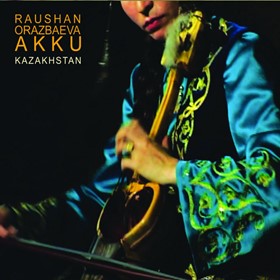
Akku (Felmay, 2004)
The two-stringed kobyz comes from Kazakhstan and Orazbaeva is a leading exponent. Though she’s conservatoire trained, she conveys the strong links to shamanism and the mystical universe in these tracks. The title-piece (White Swan) is a vivid depiction of the flying birds. As the review said in the July/August 2004 issue, ‘string performances don’t get any more dramatic than this.’

Stelios Petrakis

The Art of the Lyra (Ocora Radio France, 2015)
The three-stringed Cretan lyra is one of the most seductive instruments of the Mediterranean, both lyrical and rhythmic for dance music. Petrakis is not only a superb player, but an instrument-maker and composer of new music. Here, alongside a small ensemble with lutes and daoúli (drum), he looks back to old masters and plays modern repertoire.

Yu Hong Mei

Erhu Chant (Channel of China, 2006)
The erhu is the traditional Chinese two-string fiddle, known for its sentimental repertoire. Notably lyrical and romantically expressive, the instrument features prominently in quasi-concertos like the ‘Great Wall Capriccio’, beautifully played by the late Min Huifen. But this album, by one of China’s finest players, includes solos, small ensemble pieces and the occasional dodgy track with piano backing.

Atanas Vultchev, Nikolaï Paskalev & Dimitar Gugov
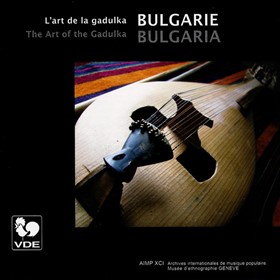
Bulgaria: Art of the Gadulka (VDE Gallo, 2009)
The Bulgarian gadulka is an upright fiddle with three playing strings plus sympathetic strings. Three players feature on this album, including two tracks from Atanas Vultchev (the ‘Paganini of the gadulka’), plus Nikolaï Paskalev and Dimitar Gugov who plays most of the pieces. They range from rhythmic dance numbers to haunting song tunes, some with tapan (drum) and accordion.

Various Artists
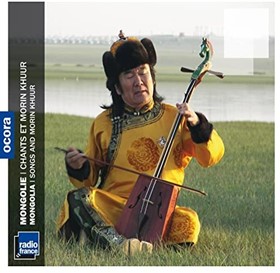
Mongolia: Songs and Morin Khuur (Ocora Radio France, 2009)
The morin khuur is the wonderful-looking horse-head fiddle, the national instrument of Mongolia. Most have an equine representation carved atop the neck and two playing strings, traditionally made from horsehair – a stallion’s tail for the thicker ‘male’ string and a mare’s tail for the thinner ‘female’. Here, excellent solos by Chi Bu-Lag are heard alongside ‘long songs’ and overtone singing.

Various
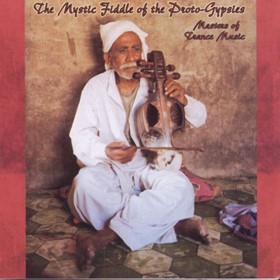
The Mystic Fiddle of the Proto Gypsies (Shanachie, 1997)
This sublime album features two veterans from Baluchistan, which straddles the Iran-Pakistan border. Mohammad Ramazân and Yaru Maliri play sorud, a skull-shaped four-string fiddle with sympathetic strings and a haunting, ethereal sound. The mystic trance music of these Luli musicians is for healing and Sufi ceremonies, and are possibly related to the original ‘Gypsy’ tribes that migrated from India, hence the title.
This article originally appeared in the March 2022 issue of Songlines magazine. Never miss an issue – subscribe today

